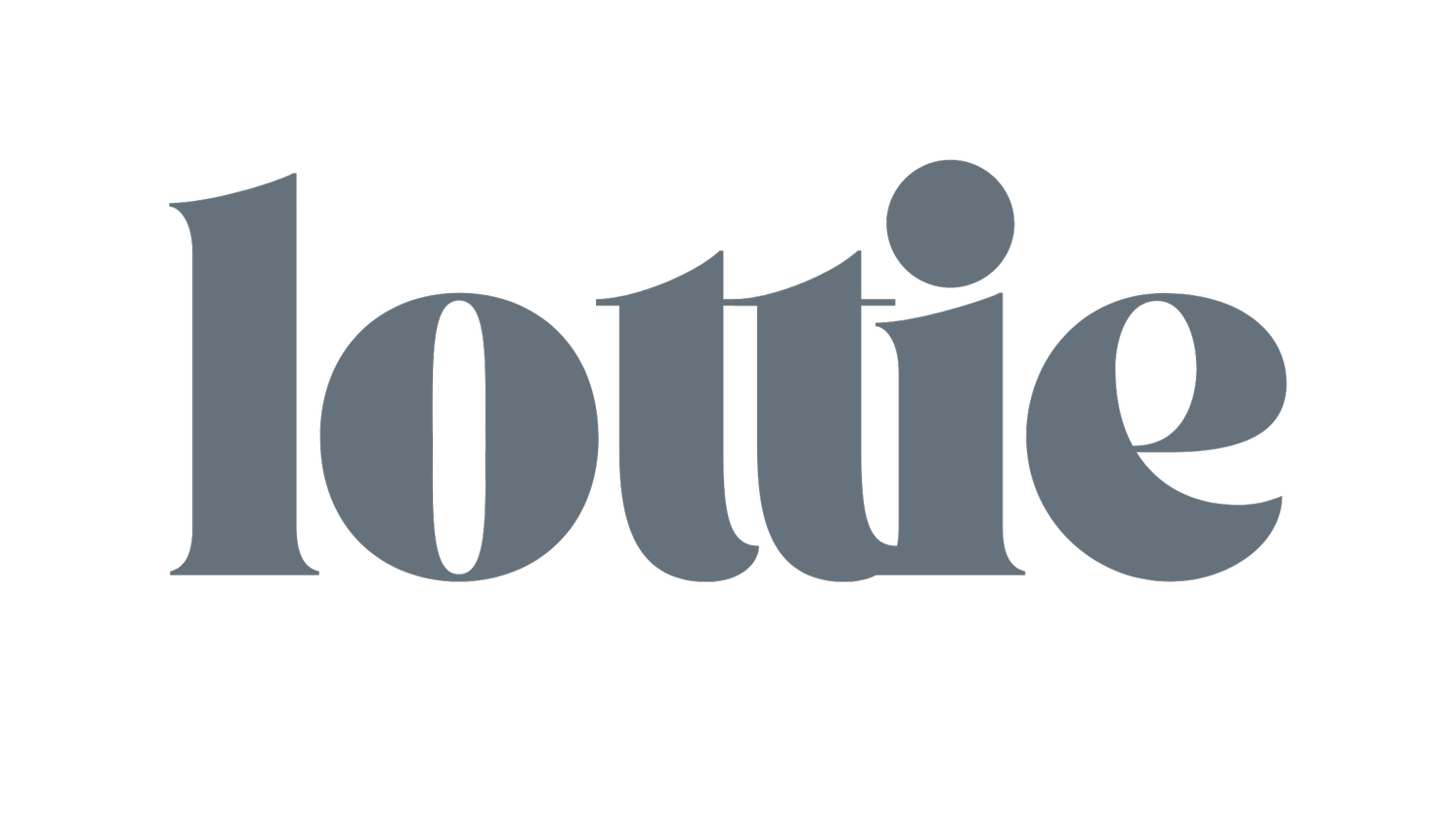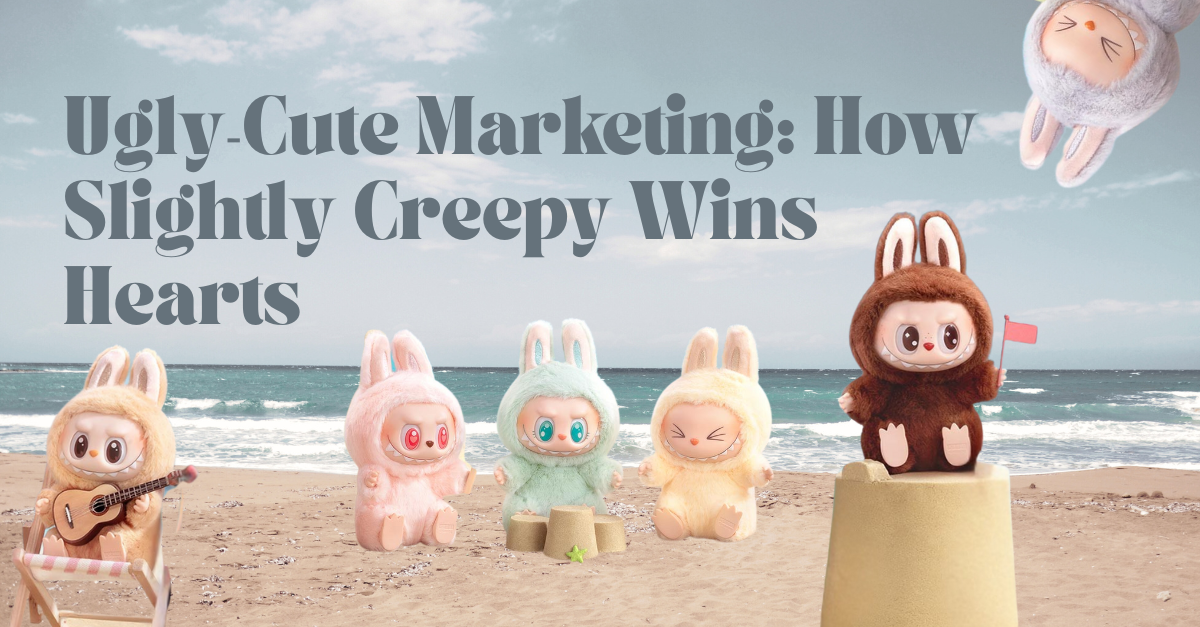Ugly-Cute Marketing: How Slightly Creepy Wins Hearts
From quirky plushies to mischievous mascots, the “ugly‑cute” trend is winning hearts in a world tired of perfection. This blog breaks down the hard‑to‑explain cuteness of Labubu — the ugly but huggable figure adored by collectors — and explores what this odd charm means for brands that want to stand out, feel relatable, and spark loyal followings.
Case Study: Labubu — The Ugly But Huggable Star
Meet Labubu, the slightly creepy yet oddly adorable character stealing hearts worldwide. Part of The Monsters series by POP MART, Labubu was created by Hong Kong designer Kasing Lung and has grown into a cult favorite among collectible toy lovers.
Unlike traditional plushies or polished mascots, Labubu stands out with its mischievous face, wild grin, and tiny sharp teeth — features that make it ugly-cute in the best way possible.
What makes Labubu so irresistible is its playful mix of sweet and spooky. Limited-edition drops, blind box releases, and the thrill of mystery keep fans hooked and hunting for the next figure to add to their shelves. This cult following is fueled by community buzz and the comfort of collecting something delightfully weird. In a world where brand aesthetics often aim for flawless perfection, Labubu’s charm reminds us that a touch of awkwardness and rebellion can spark real emotional connection — and help brands stand out from the crowd.
What Ugly‑Cute Says About Modern Brand Aesthetics
The rise of ugly-cute marketing reveals a big shift in modern brand aesthetics. Today’s audiences — especially Gen Z — crave characters and visuals that feel real, raw, and a little rebellious. Polished perfection is out; imperfect and odd is in. From Labubu’s toothy grin to the viral appeal of intentionally awkward designs like Crocs collabs or kitschy plushies, brands are discovering that weird wins hearts.
This love for the slightly creepy and oddly adorable is part of a larger trend: consumers want brands that feel human and unfiltered. They gravitate to mascots that look hand‑drawn, packaging with quirky doodles, or limited-edition drops that feel personal and rare. Brands tapping into the ugly-cute vibe aren’t just selling products — they’re selling a sense of belonging for people who embrace the imperfect and unexpected.
How Brands Can Tap Into Ugly‑Cute Magic
So, how can brands harness the charm of ugly-cute marketing for themselves? It starts with embracing a bit of imperfection. Whether it’s a quirky mascot, offbeat packaging, or intentionally awkward visuals, leaning into the weird helps brands stand out in a world flooded with sameness.
Brands like POP MART prove that creating a sense of mystery and collectibility works wonders — think limited drops, surprise boxes, and community hype that make people feel like they’re part of an inside joke. This “shared weirdness” builds stronger emotional connections than a polished, safe design ever could.
The success of characters like Labubu shows that a touch of the weird can make your brand unforgettable. In a market overflowing with perfectly curated visuals, brands that dare to embrace ugly-cute aesthetics connect deeply with audiences craving authenticity and a playful break from the expected.
If you want to experiment with this trend, start small: design a mascot that’s a little awkward but lovable, play with illustrations that feel hand‑drawn, or launch a limited-edition product line that sparks collector buzz. The key is balance — just creepy enough to be interesting, cute enough to keep people coming back for more. In a sea of perfect brands, the imperfect ones feel real — and real wins every time.
Ready to craft a brand no one can scroll past? Book a consult with Lottie Social House today and let’s make weird work for you.


